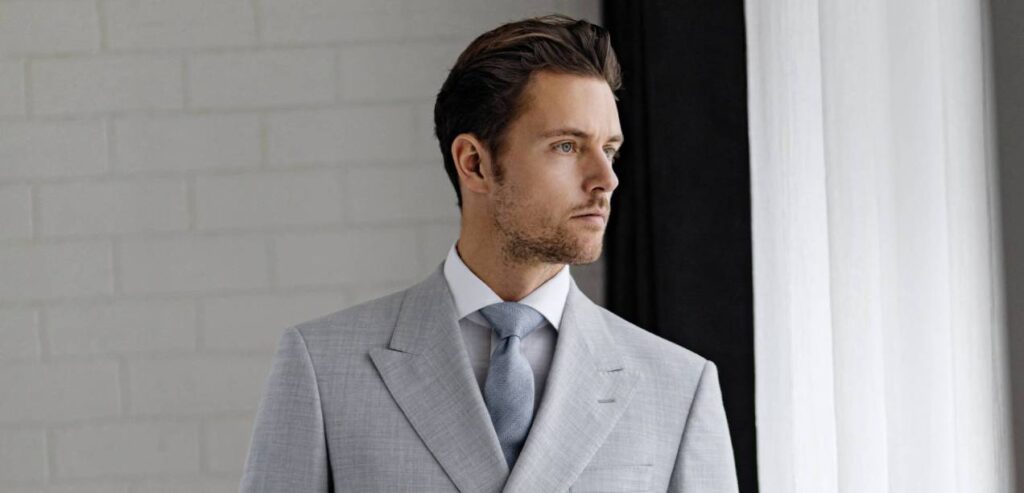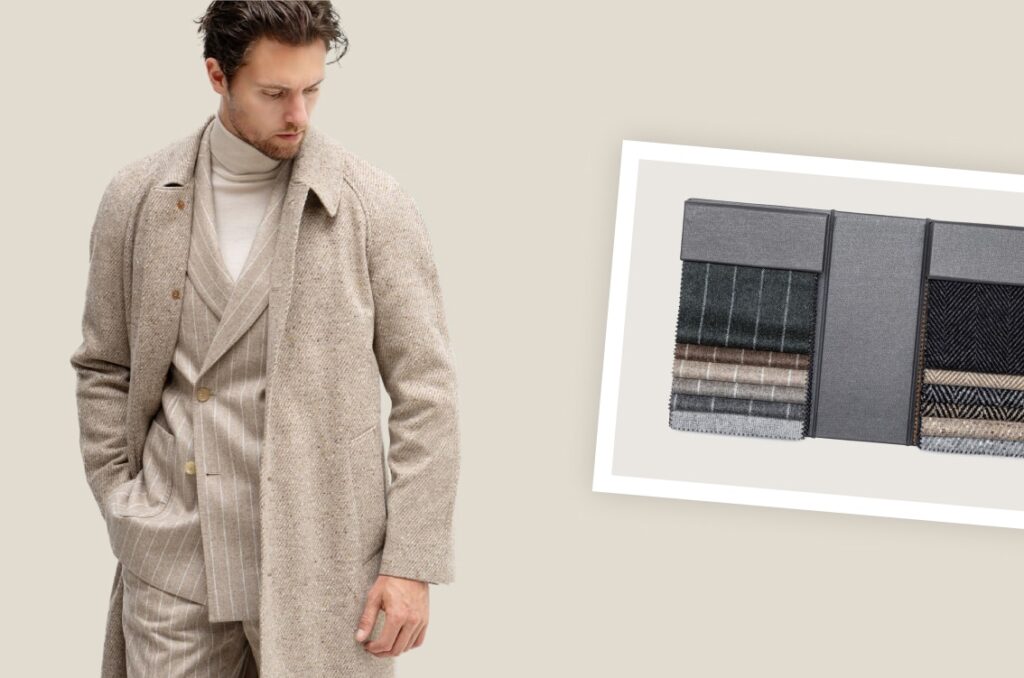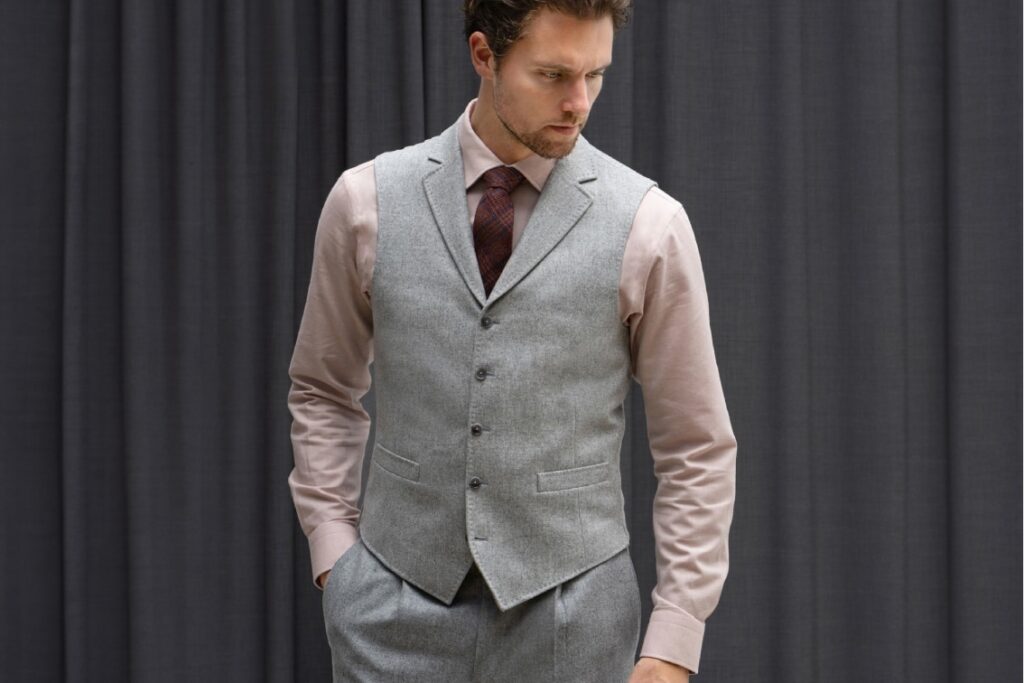The panama is the quintessential summer hat. Born in South America, it has conquered the world.
Behind its apparent simplicity lies a wealth of knowledge and the tradition of a people.
The hat, like many other fashion accessories, was born out of a very practical and almost universal need: to protect the head from the sun, the cold and even dirt.
Man and his natural need to elaborate, and perhaps because it’s all about the head, has tried to give it the most varied meanings and an etiquette whose rigidity has varied over time.
Until the middle of the last century, wearing them in public was practically compulsory and the very concept of masculine elegance was inconceivable without their presence.
In the 1960s he was seen as a symbol of conservatism, but in the end he couldn’t resist the hair revolution that paved the way not only for the long, shaggy hippie hair but also for a hair industry that flourished and almost made him forgotten.
In recent times, there has been a resurgence of interest in the hat in terms of an elegance that is clearly inspired by tradition but devoid of the inflexible codes of yesteryear.
At the forefront of this revival is the South American target Panama. At the summer edition of the Pitti Uomo trade fair, a reliable barometer of trends in the field of men’s elegance, it has been a regular presence on the minds of the many influencers present for some years now.
This place of prominence is more than deserved, as we are dealing with a specimen that stands out for its beauty; its practicality, given its extreme lightness and impermeability to the sun and rain; and the extraordinary craftsmanship that goes into its weaving, which makes the finest specimens true works of art that reach values that are difficult to associate with an accessory such as a hat.
Although not as popular as it once was, but nonetheless a guaranteed presence at events such as the Winbledon tennis tournament where it remains a classic, the panama continues to feed a tropical imaginary of hot, humid nights, dark skins where linen, rum and havanos are indispensable partners
Men of style such as Winston Churchill, Clark Gable, Orson Welles, John Huston, Humphrey Bogart, Peter O’Toole, Marlon Brando and Sean Connery, among others, always had it at hand when the sun demanded it.
It’s more likely that most of the panamas seen in Florence come from somewhere other than the original: today they are produced in many places, including various countries in South America, Mexico and, of course, Asia, sometimes using unorthodox methods that are reflected in the final retail price. However, the legitimate ones, although the name takes us to the country of the strait, originate in Ecuador.
Provenance is not irrelevant, especially when it is misleading, as it is in this case. Its elevation in 2012 to the status of Intangible Heritage of Humanity, considered an act of justice by Ecuadorians, recognises in black and white a craft production with ancestral roots, passed down from generation to generation with a great impact on local populations.
When Francisco Pizarro arrived in the region in 1526, reports say that the natives were already wearing a head covering made of straw, the use of which, it was later learnt, dated back to at least 4000 BC. C..
This is thought to have evolved into a shape similar to a Spanish hat of the time without a brim, known as a “toque”, from which came the name given to the “toquilla” plant (carludovica palmata) from which the fibres are extracted to create the meticulous weave.
Since the mid-16th century, the province of Manabi on the coast of Ecuador has been known for producing straw hats. This activity, which over time became an industry, was developed mainly in two towns, Montecristi and Jipijapa.
As the business flourished, from the 19th century onwards, the city of Cuenca in the Ecuadorian Andes joined in the production, becoming the main centre, surpassing the previous ones in terms of quantity.
However, it is Montecristi who has contributed most to the fame of this art: home to the most skilful weavers, it is at the origin of the weird extra-fine names that continue to be one of the greatest exponents of headgear made from plant fibres.
Ecuadorians are saddened to have their most eye-catching export, the one that most reflects their culture, named after another country a good thousand kilometres away. There are several plausible explanations for this misconception and, most likely, all of them, albeit in different proportions, have contributed. The first and most plausible has to do with the dramatic increase in industry at the beginning of the 19th century. Manuel Alfaro – father of national hero Eloy Alfaro, twice president and responsible for Ecuador’s liberal revolution, which is said to have been largely financed with the money from hat sales – which led him to look for new markets to sell his production.
The busy Isthmus of Panama, a transoceanic transshipment point before the canal was built, was the first destination. With Eloy at the helm of a business that was going from strength to strength, the United States, particularly California, which was experiencing a gold rush at the time, also became a huge market.
Still a long way from the days of “made in” labels, with hats being sold or exported from Panama for logistical reasons, this was the denomination that ended up being imposed because it was the only reference those who bought them had.
When, in 1906, President Theodore Roosevelt allowed himself to be photographed wearing the hat that many of the workers wore during an inspection visit to the canal works sponsored by the US government, the US was already its main importer.
The photograph became famous because of the president’s great popularity and with it the sombrero paja de Toquillla, jipijapa, Montecristi or fino for Ecuadorians, panama for the rest of the world.
But while there seems to be no doubt as to Ecuador’s paternity, acquiring an effective quality specimen can prove to be a somewhat complicated task, as this is a market that, even at source, is far from transparent.
The cat is often sold for the hare. The less knowledgeable, or simply unwary, tourists are often duped with Montecristi presented in beautiful balsa boxes, packaging normally used to protect high quality specimens, but which contain inside hats produced in Cuenca with inferior tunics resenca with tue in which normally protects the specimens ercmplicada because this ino. The difference is all down to techniques and prices, which are obviously substantially lower.
Counterfeiting, unfair competition and old age have all contributed to the dwindling number of artisans able to carry out the fine weaving that requires a keen eye, posture and a great ability to concentrate, for an economic compensation that in most cases is far from fair.
The best specimens are distinguished by their extremely tight weave for a material of this nature, which allows them to be rolled up extremely easily to the point of having a diameter of just a few centimetres.
Achieving this level of perfection requires a lengthy production process that can take up to 9 months and involve between 6 and 8 people. In addition to weaving, the plant has to be cultivated and treated, then collected and the filaments separated – only the finest and longest are used at this level of quality – and spun, followed by bleaching, sun-drying, ironing to obtain rigidity, beating and a moulding press to give it its final shape.
The lack of standardised terminology or entities that regulate and supervise the activity are other factors that make it difficult to clarify this industry.
The Montecristi, the ones that despite everything, perhaps because of the values they reach, are more codified, the terms usually rank them in ascending order, more or less as follows: Regular, Fine, Fine-Fine and Extrafine. This scale can vary from manufacturer to manufacturer and even take on other names, but in essence it refers to density, the number of lines per square inch (2.54cm), where a greater number of lines, up to 900, means greater difficulty in execution, higher quality and, obviously, a higher cost.
In addition to this scale, other factors should be taken into account when judging a panama: the type of weave (that of Montecristi is of the twill type with two passes which gives it the herringbone look similar to tweed but which requires twice the work of the weaving practised in Cuenca, of the canvas type, more open and less resistant) the way the lines appear or regularity, more or less straight and whether they are parallel, the whiteness and uniformity of the colour in addition to transparency, the defects in the weave as well as the sizes of the cup and flaps as well as the quality of the finishes, particularly on the inside.
But if you’re planning to buy a panama, it’s best to do so from a reputable retailer that guarantees quality and does justice to a hat that, as well as protecting our heads, is a hymn to manual labour.


